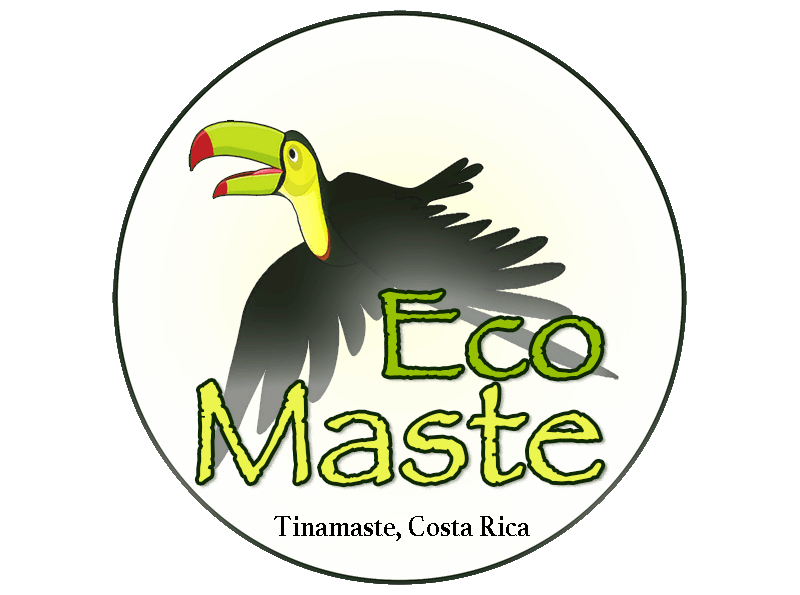In a world characterized by constant change and rapidity, the concept of cyclical living beckons us to slow down, embrace the beauty of nature's rhythms, and find harmony within ourselves and the world around us. By aligning our lives with the cycles of birth, life, aging, and death; the changing seasons; the elemental forces; the lunar phases, and the menstrual stages, we can rediscover the profound interconnectedness of all things. In this blog post, we will explore the benefits and importance of cyclical living and how it nourishes our well-being by honoring these intrinsic and inseparable cycles.
The Beauty of the Life Cycle: Birth, Life, Aging, and Death
The life cycle mirrors the very essence of cyclical living. Just as the seasons follow one another, our lives move through distinct phases: birth, life, aging, and death. By acknowledging and celebrating each stage, we embrace the full spectrum of the human experience. Birth brings new beginnings, life offers opportunities for growth and discovery, aging gifts us wisdom and reflection, and death reminds us of life's impermanence. By embracing these natural transitions, we deepen our connection to life and find meaning in the ebb and flow of existence.

Harmonizing with the Seasons: Winter, Spring, Fall, and Summer
The seasons represent nature's eternal dance of change. In winter, the earth rests and rejuvenates, mirroring the need for introspection and renewal in our own lives. Spring bursts forth with new life and energy, inviting us to nurture our passions and dreams. Fall calls us to release what no longer serves us, just as the leaves fall from the trees. Summer, the season of abundance and vibrancy, teaches us to celebrate life's joys. Embracing the seasons' cyclical nature fosters adaptability and balance, allowing us to savor each unique moment while staying connected to the larger rhythm of life.

The Elemental Forces: Air, Fire, Water, and Earth
The elements form the very fabric of creation, and their energies influence our lives in profound ways. Air represents intellect and communication, fire embodies transformation and passion, water symbolizes emotions and intuition, and earth grounds us and provides stability. By understanding the qualities of each element, we can consciously harness their energies to enhance our daily experiences. Just as the elements combine harmoniously in nature, we can also find equilibrium within ourselves by honoring these elemental forces.
Dancing with the Moon Phases: New Moon, Waxing, Full, and Waning
The moon, with its ever-changing phases, has long inspired awe and wonder. Each lunar cycle offers unique opportunities for intention-setting, growth, release, and introspection. The new moon is a time for new beginnings, the waxing moon encourages growth and manifestation, the full moon amplifies energy and illumination, and the waning moon invites us to release and let go. By aligning with the moon's phases, we synchronize our actions with the cosmic dance, amplifying our intentions and deepening our spiritual connection.
Honoring the Menstrual Phases: Menstrual Bleed, Follicular, Ovulation, and Luteal
For those with menstrual cycles, honoring the menstrual phases can lead to a profound reconnection with their bodies and inner wisdom. Menstrual bleed brings a time of rest and reflection, while the follicular phase heralds new creative energy and ideas. Ovulation represents heightened vitality and connection, and the luteal phase calls for self-nurturing and introspection. By embracing these menstrual phases, women can enjoy cycles with less negative symptoms, balanced emotional health, more productivity and focus, better physical endurance, and feel more inspired and empowered in all their relationships.

Conclusion
Cyclical living is a timeless and intuitive wisdom that brings us closer to the core of our existence. By honoring the cycles of birth, life, aging, and death; embracing the changing seasons; harmonizing with the elemental forces; dancing with the moon phases, and recognizing the significance of the menstrual stages, we embrace our inherent connection to all of creation. Through this holistic approach, vibrant well-being becomes a natural side effect, as we align our lives with the flow of nature's eternal rhythm. Embrace cyclical living, and embark on a transformative journey that will enrich your life with purpose, balance, and an unyielding sense of wonder.
Author: Amanda Luna is a multi-passionate, Holistic Health Practitioner specializing in
Yoga, Qi-Gong, and Herbalism who teaches and practices the Art of Cyclical Living.
Stay tuned for her upcoming Classes, Workshops, Programs, Retreats & 1-1 Mentoring offerings and follow her on instagram @alunaliving
for free content about holistic health and wellbeing







